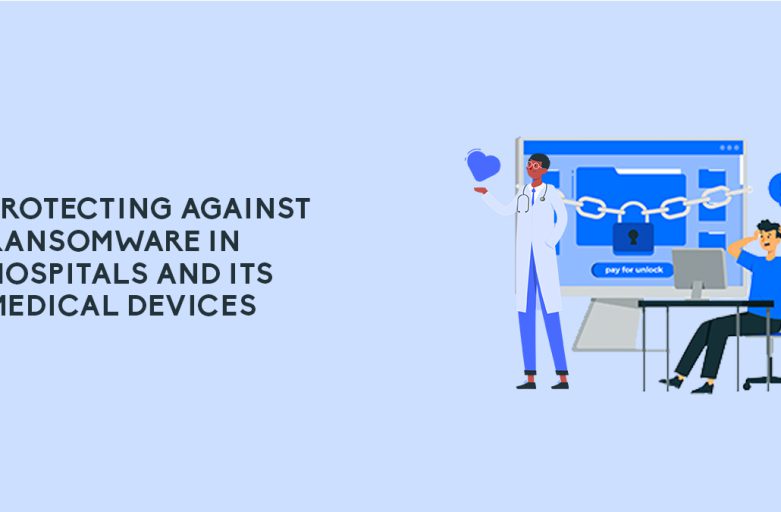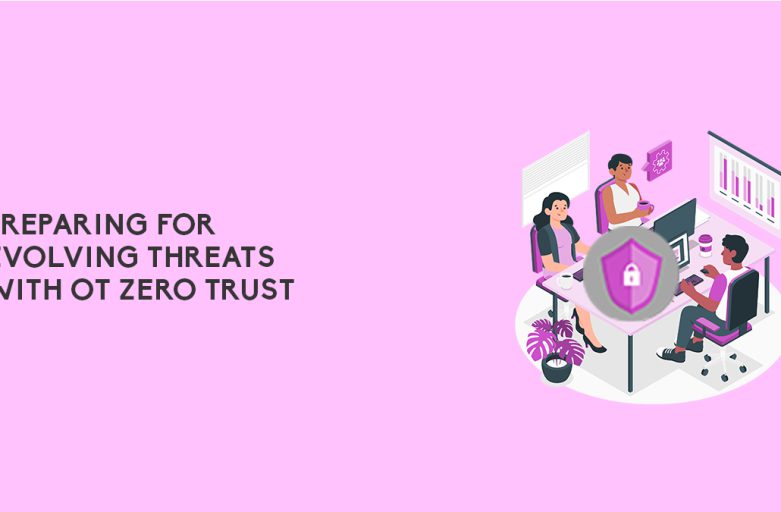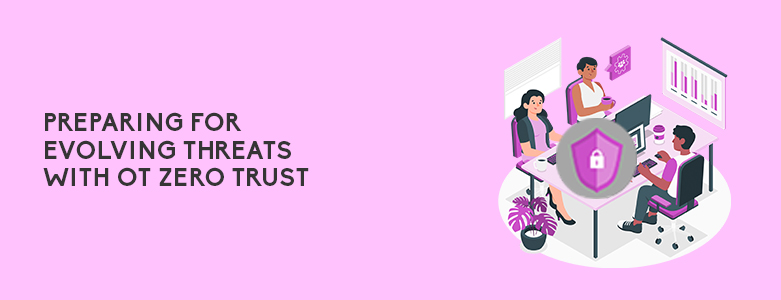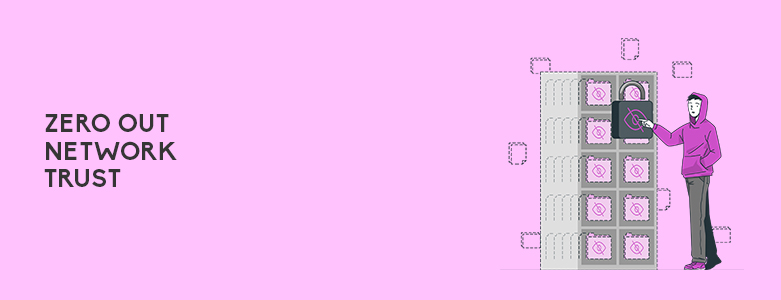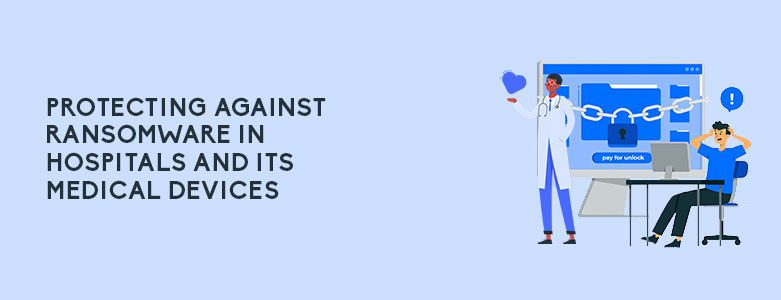
Ransomware attacks have grown to a point where it is no longer just known to the IT industry, but also in the mainstream. Ransomware attacks have risen over the past years, from consumers to even specialized industries like healthcare. It can cause sudden loss of data if threat actors choose to keep stolen data encrypted. Another overlooked risk is the disruption of services that the affected experience during an attack. This is even more critical for specialized services like healthcare which handle the lives of its patients.
Healthcare organizations like hospitals rely heavily on computer systems to run their operations. Threat actors know that any disruption to this system can heavily affect the care given to their patients. With lives at stake, the affected healthcare organization has no choice but to pay even if they don’t have the resources. Attackers even go the extra step to research what the absolute limit of ransom an organization can pay.
2019 had an incident where a facility in the US was hit by ransomware. This incident disabled the organizations access to patient records and medical devices. This was a case where unfortunately, due to the medical systems being down, a life of a baby was lost.
While there is no foolproof way to prevent ransomware attacks, there are ways to lessen the risk. This comes in the form of a multitude of IT security solutions that can help detect the attacks or even backup solutions that can help restore data before the attack. However, Operational Technology (OT) like medical devices also need to be considered as it is a lesser-known entry point.
This is where solutions like Trend Micro’s TXOne solutions can help the healthcare industry.
TXOne to Secure OT

The security experts at Trend Micro have done the research for you. From the industry standards to hospital processes, they know where the security vulnerabilities lie and created a solution that complements it. Below are a few ways in which TXOne can help healthcare’s OT security:
- Effective network segmentation, virtual patch (IPS) and network containment through robust network appliances, preventing ransomware propagation
- Granular control over healthcare protocols with support for 50+ variant IT and OT protocols for hospital network access control (HL7, DICOM, Modbus and more)
- Lock down mission-critical endpoint assets using whitelisting technology, immunizing your system to ransomware
- Quickly and conveniently remove ransomware via our plug-and-scan USB technology
- Provide central and individual management options perfectly suited to different management roles
To learn more on how to better protect your business from ransomware, you can email us at marketing@www.ctlink.com.ph!

